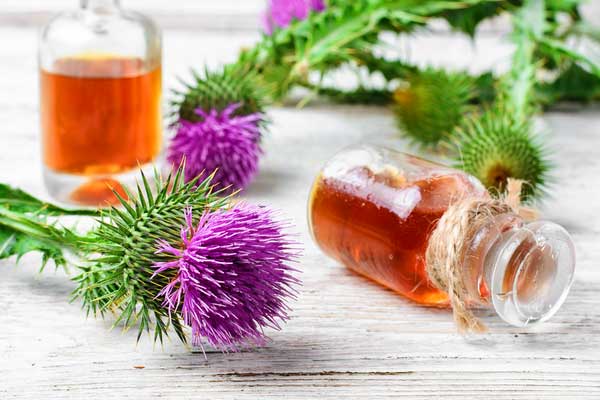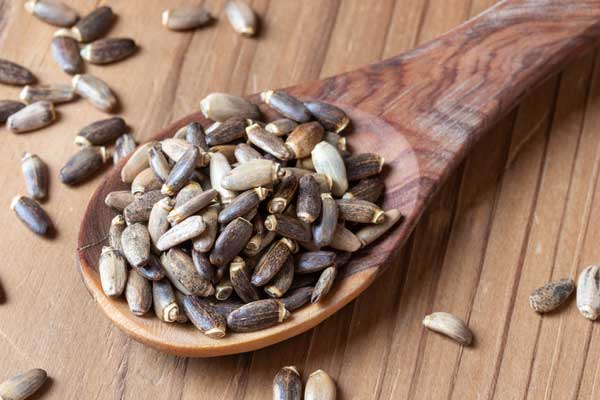Milk thistle is a popular herbal supplement used to support liver health and treat conditions like fatty liver disease. But does the evidence actually support using milk thistle for fatty liver and liver disease?

In this in-depth article, learn everything you need to know about using milk thistle for fatty liver, including:
- The active ingredients in milk thistle and how they work
- An analysis of the clinical evidence on milk thistle and liver disease
- Proper dosage and safety considerations
- Specific guidance on using milk thistle for alcoholic and nonalcoholic fatty liver disease
After reading, you’ll understand if and when milk thistle may be an appropriate supportive treatment for your liver.
The Active Ingredients in Milk Thistle
The active ingredient in milk thistle is silymarin, which is extracted from the seeds and fruits of the milk thistle plant native to Mediterranean regions. Silymarin contains a mixture of antioxidant and anti-inflammatory flavonoids and polyphenols.
These compounds are thought to help restore liver health through:
- Antioxidant effects to reduce liver inflammation and damage
- Stimulating liver cell regeneration
- Modulating the immune system
This makes milk thistle theoretically useful for liver conditions like fatty liver disease driven largely by inflammation and oxidative stress. But what does the clinical evidence actually show?

Evidence on Milk Thistle for Alcoholic Liver Disease
There’s mixed evidence on the efficacy of milk thistle for alcoholic liver disease. Some studies show clear benefits, while others show no effects.
For example, a 2001 analysis of five studies found taking silymarin significantly reduced liver-related mortality compared to placebo. However, a later review study found that while milk thistle reduced liver-related mortality overall, the benefit disappeared when only highly rigorous studies were analyzed.
So does milk thistle reduce mortality from liver disease? Larger, higher-quality clinical trials are still needed.
However, milk thistle does fairly consistently show improvements in liver function itself. In one double-blind trial in 97 patients with alcoholic liver disease, taking silymarin for four weeks improved liver function blood tests compared to placebo.
Milk Thistle for Fatty Liver (NAFLD)
There is less quality clinical data specifically on using milk thistle for non-alcoholic fatty liver disease (NAFLD).
Small studies show improvements in liver enzyme levels, liver appearance on ultrasound, and body measurements like abdominal circumference and BMI.
One study in patients with NASH (advanced fatty liver) taking a high dose of silymarin (2100 mg/day) for 48 weeks showed a significant reduction in liver fibrosis but no improvement in the primary endpoint of NAFLD activity score.
This indicates milk thistle may provide some benefit for early stage NAFLD but less so for advanced disease.
Dosage, Safety, and Tolerability
Milk thistle is generally well tolerated, with mostly minor side effects like gastrointestinal upset or headaches.
Doses up to 420 mg/day for four years and 2100 mg/day for 48 weeks have been used safely in studies. However, talk to your doctor before taking milk thistle, especially if taking any medications, as interactions are possible.
Should You Take Milk Thistle for Fatty Liver?
Given the current evidence, I don’t routinely recommend milk thistle to patients for fatty liver or liver disease. However, the generally benign safety profile means it also rarely makes sense to tell patients to stop taking it, if they feel it’s providing some benefit.
The bottom line is milk thistle shows early promise for supporting liver health and improving mild-moderate fatty liver disease, especially when started early on. But more research is still needed before milk thistle can be strongly recommended to most patients.
